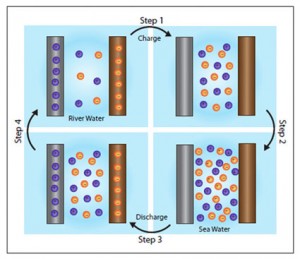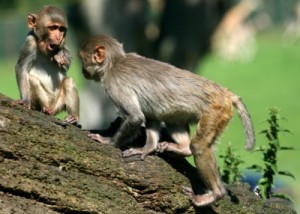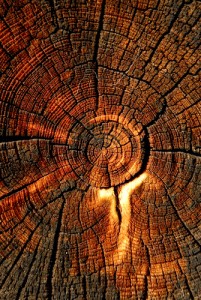Based on a new study done by researchers at the UC Berkeley and Harvard Medical School, lack of sleep at night can lead to short-term euphoria, which can eventually lead to poor judgment and additive behaviors.
This study was done on healthy young adults, where researchers found that due to the lack of sleep, the neural pathways of stimulating euphoria increases. Mathew Walker an associate professor indicated that the brain will not be in it optimal state and swings towards both extremes not allowing wise decisions to be made. Two specific targets of sleep are disrupted: the Rapid Eye Movement (REM)- for body and brain activity which promote dreaming, and another is the Non-Rapid Eye Movement where muscles and brain resting is affected (Gujar 2011).
A study was done to compare images and rating of positive and neutral were conducted. The group who had gotten a good night’s sleep managed to have more accurate and moderate answers, whereas the ones who lacked sleep the night before gave all similar answers with positive rating. This is supported when the brains activity was compared. Those who pulled all-nighters had increased activity of the mesolimbic pathway- a brain circuit driven by hormone dopamine. This hormonal activity increase leads to positive feelings, motivation, sex drive, addiction, cravings and decision making (Gujar 2011).
Walker explains that “short -term boost in dopamine levels, may seem advantageous, it can be detrimental if people are making impulsive decisions because they’re feeling overly optimistic. All in all, these positive activities are based on the brain’s key planning and decision making being shut down, and only the fight or flight reflex is active.
Therefore, as much as you think it is a good idea to stay up late night and study, know that your brain will not react positively. Time yourself, and allow at least 6 hours of sleep in order to avoid all-nighters.
For detailed readings please visit the following link in Science Daily News:
http://www.sciencedaily.com/releases/2011/03/110323105211.htm







